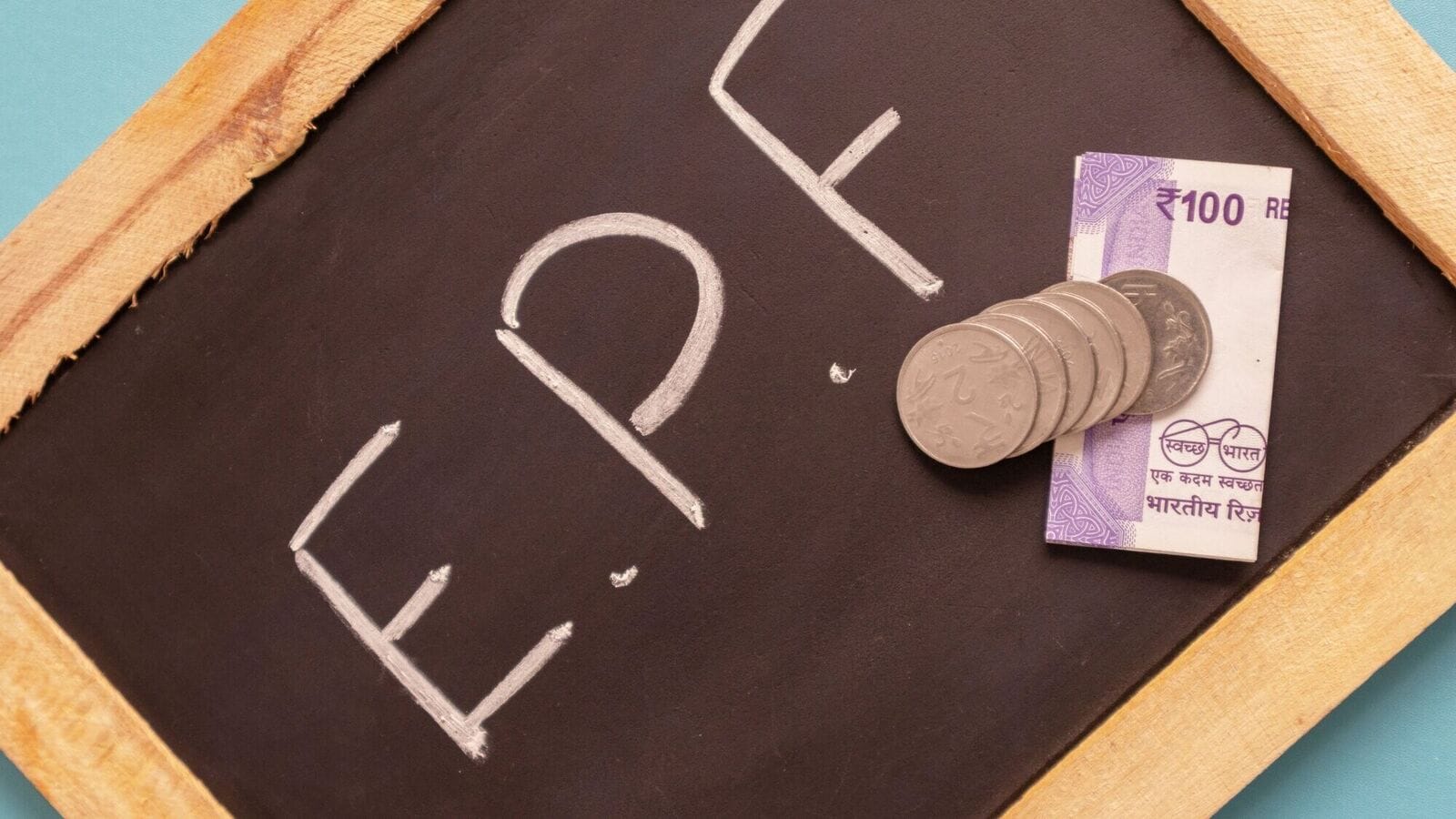[ad_1]
The government must provide fiscal and policy support if the steel industry were to bring down emissions, Tata Steel Ltd managing director T.V. Narendran said.
Tata Steel shut its second and last blast furnace at its UK unit in September—the same month it commissioned India’s largest blast furnace at its Kalinganagar unit in Odisha, showing divergent tracks in the two countries.
“Whatever facility we build, we will be among the cleanest and greenest in the country. We always want to be the benchmark in any geography that we operate in,” Narendran said in an interview.
“Having said that, it also depends on the policy,” he said.
European regulations require companies to pay €65 to emit a tonne of carbon dioxide, Narendran said. These levies level the playing field for everyone and justify investments in emissions reduction processes, he said.
However, due to the absence of such regulations in India, there is no push for steelmakers to move to cleaner technologies, Narendran said, adding Indian steelmakers can cut emissions in several ways, like using more scrap during manufacturing, but that adds to cost.
“No customer is willing to pay me more for that (in India). The regulator is not giving me any incentive to do that. In Europe, the customers are willing to pay more for green steel; the regulation encourages you to reduce your CO2 footprint,” he said.
No customer is willing to pay me more for that (in India). The regulator is not giving me any incentive to do that. In Europe, the customers are willing to pay more for green steel; the regulation encourages you to reduce your CO2 footprint
Steel produced in India is the dirtiest in the world, emitting upwards of 2.6 tonnes of CO2 emissions per tonne of steel on average, as per a 2022 study by the Joint Research Centre of the European Commission. This is 20-25% more than China, the second dirtiest.
Primarily blast furnaces
In India, steel is primarily made in blast furnaces, which smelt iron ore into iron at a high temperature, while emitting carbon dioxide and other pollutants. These blast furnaces use coke as an input, which is made by heating metallurgical coal in the absence of oxygen, a process that emits multiple pollutants including nitrous oxides.
An alternative to blast furnaces in India is the use of kilns to make direct reduced iron (sponge iron), a process preferred by smaller secondary steel producers. These kilns are also fired with coal and are highly polluting.
However, Narendran does not put the burden of reducing emissions solely on policymakers.
“The industry has to pay some of the cost, for sure. I’m not saying that everything has to be passed on to the customer or the government. But the government has to pay part of the cost, and the customers have to pay,” he said.
Narendran drew parallels with the clean energy and electric vehicles industries where government subsidies helped the industry reach scale before becoming competitive with conventional technologies.
Government funding in Europe
Even in Europe, national governments have paid to fund the transition of steelmakers to cleaner technology. The UK government will be funding £500 million of Tata Steel’s £1.25 billion cost to shift to cleaner steelmaking. The company is holding similar discussions with the Dutch government to avail subsidies for shutting its blast furnaces in the country.
Tata Steel is likely to see margins shrink further in India during the ongoing quarter, as steel prices remain low. The company has given a guidance of realizations to be lower by ₹2,000 per tonne sequentially.
Steel prices have continued to slide in India in line with subdued prices globally, even as domestic demand remains robust.
“The market is still a bit fragile, but I think things are improving bit by bit. So, let’s wait and see,” Narendran said.
Steel demand may dip
While steel demand from the automotive sector may take a hit as car sales slow, construction sector demand remains robust, he said. Demand for trucks, two-wheelers and tractors was also strong, supporting steel sales, he added.
Tata Steel’s debt has also consistently risen after the company managed to deleverage its balance sheet during a steel price boom four years ago. As of 31 September, the company’s net debt was the highest since FY21 at ₹88,817 crore, with a net debt to Ebitda ratio of 3.41, outside its 2.5-3 guidance.
“We’re not comfortable with it. We want to bring it down to 2.5 that’s clear,” Narendran said. The debt has gone up in recent years on account of the acquisition of Neelachal Ispat, capacity expansion at Kalinganagar and the restructuring in the UK, he said.
“Over the next few quarters, you will see the debt getting pulled back, and by FY26 we will go to (Net debt/Ebitda of) 2.5; that’s our plan,” he said.
Catch all the Business News , Corporate news , Breaking News Events and Latest News Updates on Live Mint. Download The Mint News App to get Daily Market Updates.
MoreLess
[ad_2]
Source link










Leave a Reply